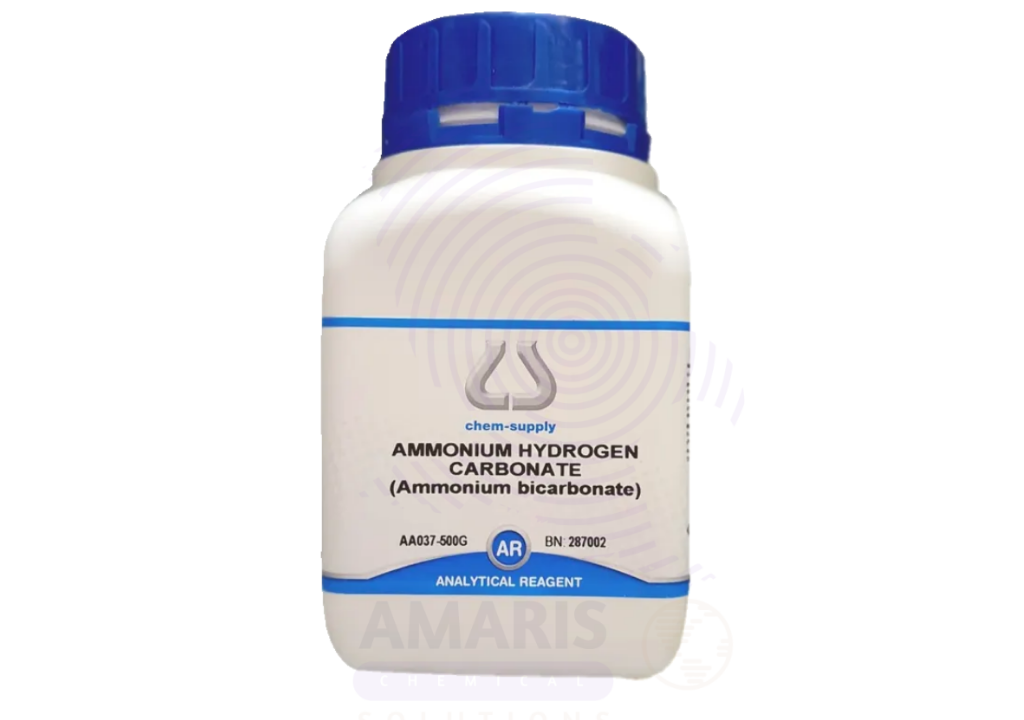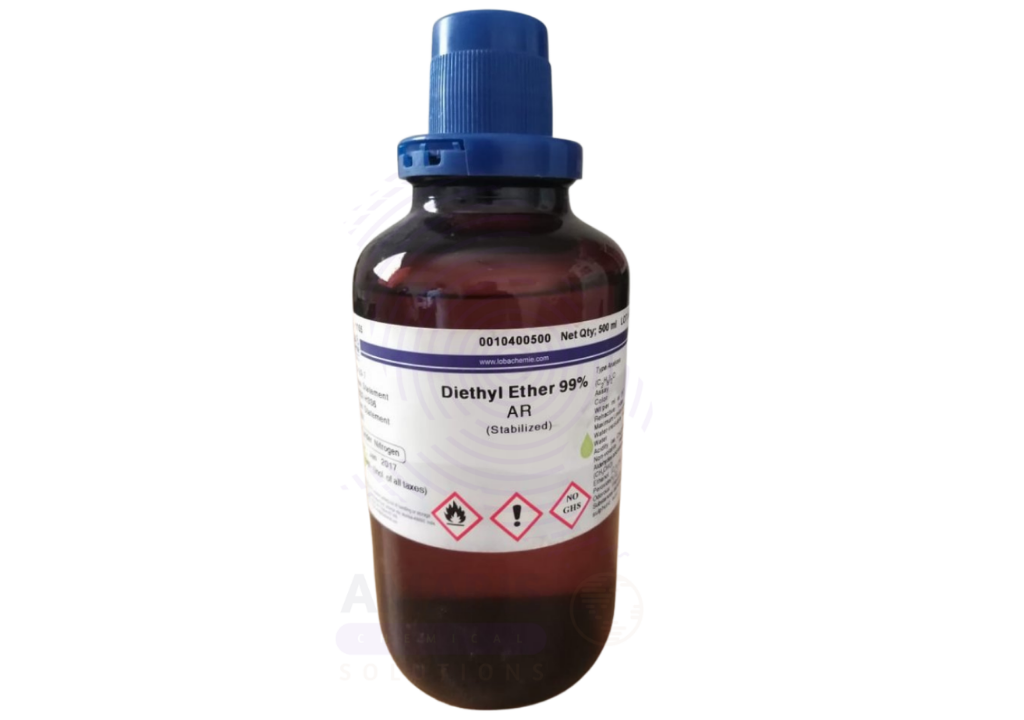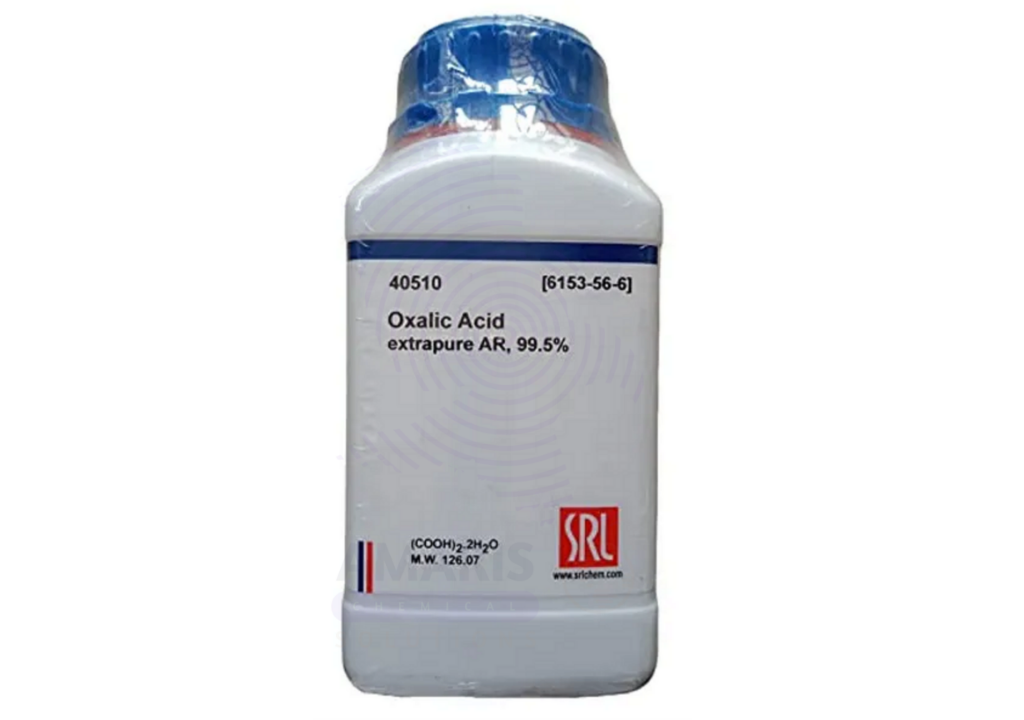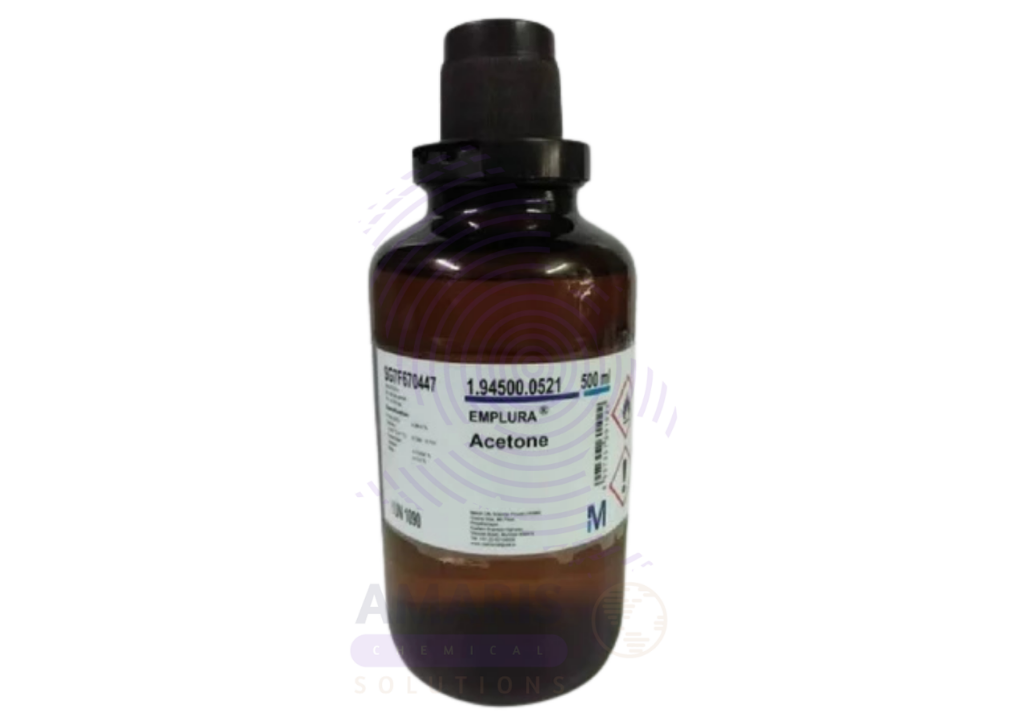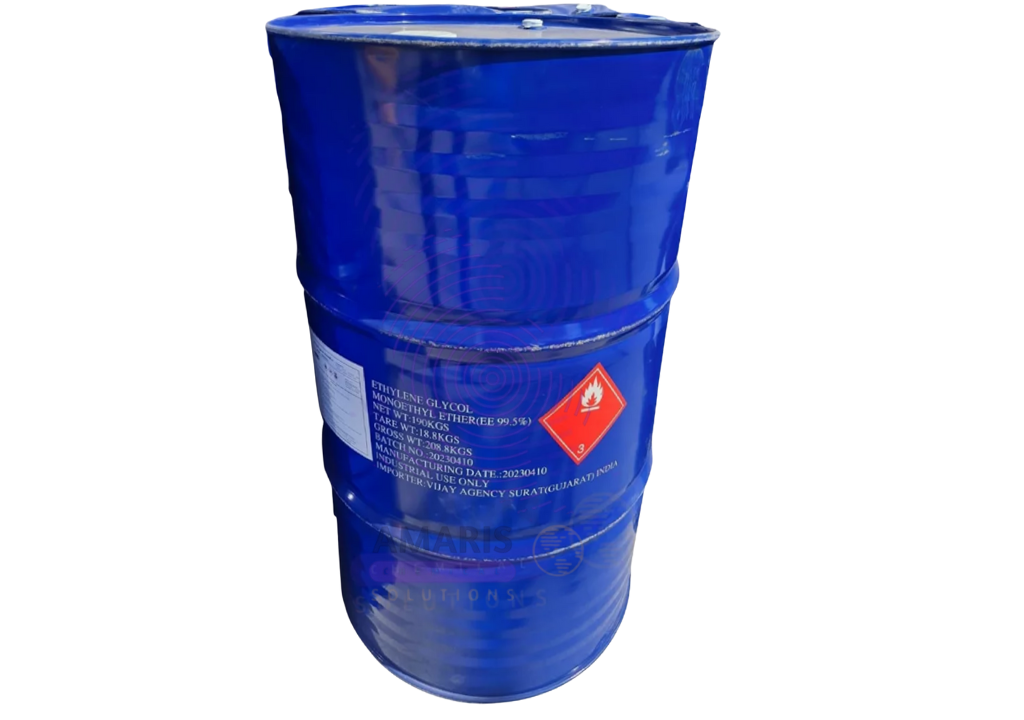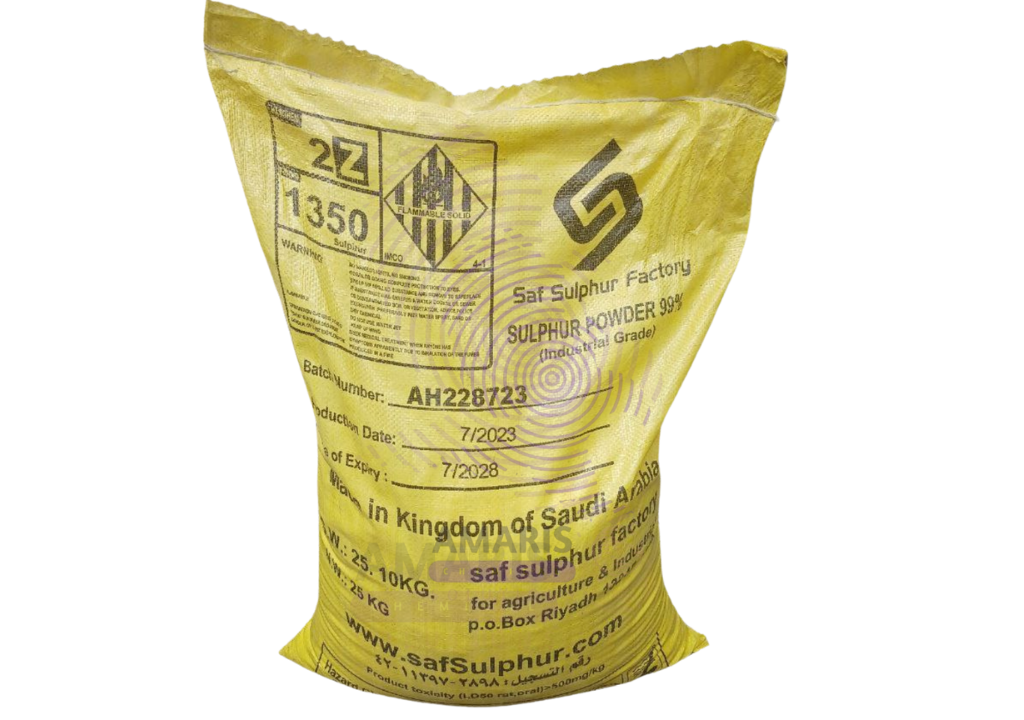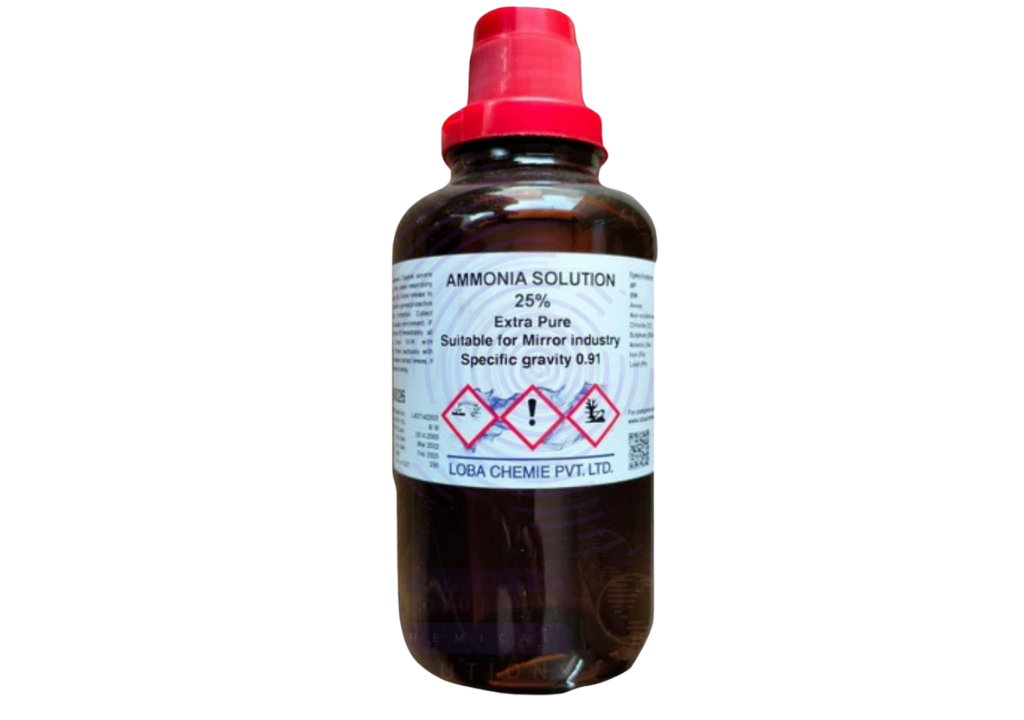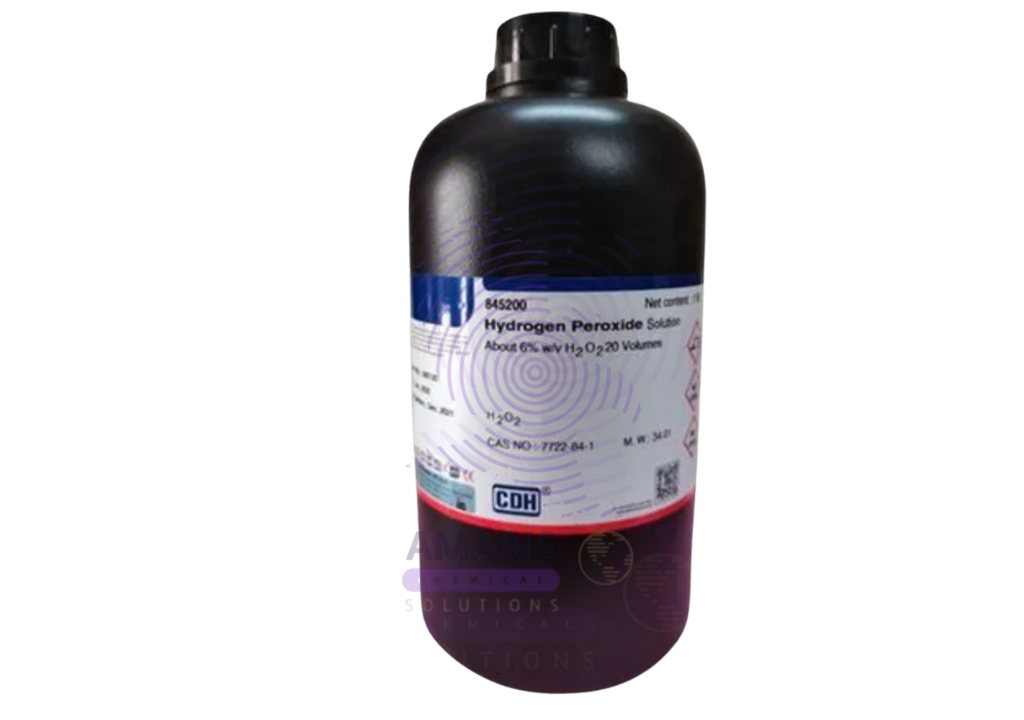Chloroform: A Historical Anesthetic Turned Powerful Laboratory Solvent
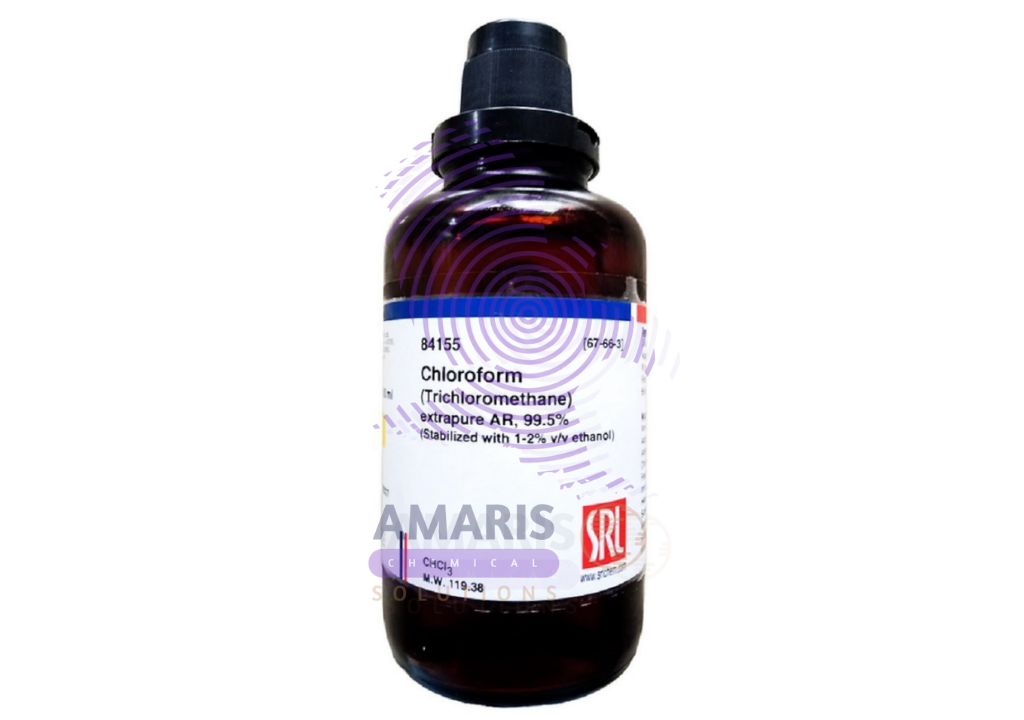
Chloroform, also known as trichloromethane, is a volatile organic compound that holds a unique place in the history of science, medicine, and industry. Once famously used as a surgical anesthetic in the 19th century, chloroform is now primarily valued for its role as a powerful non-polar solvent in laboratories and industrial applications. While its use as an anesthetic has long been abandoned due to safety concerns, its chemical versatility ensures its continued relevance in modern chemistry.
Let’s explore the chemical nature, applications, safety, and industrial importance of chloroform today.
Basic Identification
- Chemical Name: Chloroform
- IUPAC Name: Trichloromethane
- Chemical Formula: CHCl₃
- Molecular Weight: 119.38 g/mol
- Appearance: Colorless, volatile liquid
- Odor: Sweet, ether-like
- Boiling Point: 61.2°C
- Density: 1.49 g/cm³
- Solubility in Water: Slightly soluble (8 g/L at 20°C)
Chloroform is classified as a halogenated hydrocarbon, consisting of one carbon atom bound to three chlorine atoms and one hydrogen atom. This structure makes it highly lipophilic and an excellent solvent for fats, oils, alkaloids, and other non-polar compounds.
Key Applications of Chloroform
1. Laboratory Solvent
Chloroform is widely used in research labs for:
- DNA and RNA extraction – It is part of the phenol-chloroform method used to purify nucleic acids by separating them from proteins and lipids.
- Organic synthesis – It acts as a medium for reactions involving organometallics or halogenations.
- NMR spectroscopy – Deuterated chloroform (CDCl₃) is one of the most common solvents used in nuclear magnetic resonance (NMR) due to its wide solubility and stability.
Its compatibility with a wide range of organic compounds makes it indispensable in pharmaceutical, biochemical, and chemical laboratories.
2. Intermediate in Chemical Manufacturing
Chloroform is an essential intermediate in the production of refrigerants, especially HCFC-22 (chlorodifluoromethane). Though demand has declined due to environmental regulations, it remains significant in some countries.
3. Degreasing and Extraction
Thanks to its strong solvating power, chloroform is employed in:
- Degreasing industrial machinery and components.
- Extraction of bioactive compounds from plant materials in pharmaceutical industries.
- Dissolving polymers and other difficult-to-solubilize compounds.
4. Histology and Medical Sample Preparation
Chloroform is used in tissue processing for microscopic analysis. It helps dehydrate tissues, clearing them for paraffin embedding — a vital step in pathology labs.
Health and Safety Considerations
Despite its usefulness, chloroform poses significant health and environmental risks, particularly when mishandled or inhaled in high concentrations.
⚠️ Exposure Risks:
- Inhalation: May cause dizziness, headache, nausea, central nervous system depression, or unconsciousness.
- Skin contact: Can cause irritation and defatting of the skin.
- Chronic exposure: Linked to liver and kidney damage, and it is classified as a possible human carcinogen by the IARC.
🧤 Personal Protective Equipment (PPE):
- Chemical-resistant gloves (nitrile or neoprene)
- Safety goggles or face shield
- Lab coat or chemical apron
- Use only in a well-ventilated fume hood
🧯 Fire Safety:
- Chloroform is non-flammable, but it can decompose under heat to form toxic gases like phosgene, hydrogen chloride, and chlorine gas.
🧊 Storage:
- Store in tightly sealed amber glass containers
- Keep away from heat, light, and incompatible substances like strong bases or metals
- Add a stabilizer (like ethanol) to prevent phosgene formation over time
Environmental Impact
Chloroform can evaporate quickly into the atmosphere and persist in air for extended periods. It is known to contribute to ozone layer depletion and poses toxicity risks to aquatic organisms. For this reason, its industrial use and disposal are regulated by environmental protection agencies worldwide.
Regulatory Status
- IARC Classification: Group 2B – Possibly carcinogenic to humans
- OSHA PEL (Permissible Exposure Limit): 50 ppm
- UN Number: 1888 (Hazard Class 6.1 – Toxic substances)
Many countries now tightly regulate its handling, labeling, and disposal. In some applications (like food or cosmetics), its use is strictly prohibited or heavily restricted.
Final Thoughts
Though its reputation as an anesthetic is a thing of the past, chloroform’s legacy continues in science and industry. Its strong solvency and unique chemical behavior make it indispensable in laboratories — particularly in molecular biology and organic chemistry.
However, its toxicity and environmental concerns demand strict safety protocols. When respected and handled responsibly, chloroform remains a powerful ally in chemical research and production.


 Preservatives(food)
Preservatives(food) Flavor Enhancers
Flavor Enhancers Acidulants
Acidulants Sweeteners
Sweeteners Antioxidants
Antioxidants Colorants(food)
Colorants(food) Nutraceutical Ingredients (food)
Nutraceutical Ingredients (food) Nutrient Supplements
Nutrient Supplements Emulsifiers
Emulsifiers
 Collectors
Collectors Dust Suppressants
Dust Suppressants Explosives and Blasting Agents
Explosives and Blasting Agents Flocculants and Coagulants
Flocculants and Coagulants Frothers
Frothers Leaching Agents
Leaching Agents pH Modifiers
pH Modifiers Precious Metal Extraction Agents
Precious Metal Extraction Agents
 Antioxidants(plastic)
Antioxidants(plastic) Colorants (Pigments, Dyes)
Colorants (Pigments, Dyes) Fillers and Reinforcements
Fillers and Reinforcements Flame Retardants
Flame Retardants Monomers
Monomers Plasticizers
Plasticizers Polymerization Initiators
Polymerization Initiators Stabilizers (UV, Heat)
Stabilizers (UV, Heat)
 Antifoaming Agents
Antifoaming Agents Chelating Agents
Chelating Agents Coagulants and Flocculants
Coagulants and Flocculants Corrosion Inhibitors
Corrosion Inhibitors Disinfectants and Biocides
Disinfectants and Biocides Oxidizing Agents
Oxidizing Agents pH Adjusters
pH Adjusters Scale Inhibitors( water)
Scale Inhibitors( water)
 Antioxidants(cosmetic)
Antioxidants(cosmetic) Emollients
Emollients Fragrances and Essential Oils
Fragrances and Essential Oils Humectants
Humectants Preservatives
Preservatives Surfactants(cosmetic)
Surfactants(cosmetic) Thickeners
Thickeners UV Filters
UV Filters
 Fertilizers
Fertilizers Soil Conditioners
Soil Conditioners Plant Growth Regulators
Plant Growth Regulators Animal Feed Additives
Animal Feed Additives Biostimulants
Biostimulants Pesticides (Herbicides, Insecticides, Fungicides)
Pesticides (Herbicides, Insecticides, Fungicides)
 Active Pharmaceutical Ingredients (APIs)
Active Pharmaceutical Ingredients (APIs) Excipients
Excipients Solvents(pharmaceutical)
Solvents(pharmaceutical) Antibiotics
Antibiotics Antiseptics and Disinfectants
Antiseptics and Disinfectants Vaccine Adjuvants
Vaccine Adjuvants Nutraceutical Ingredients (pharmaceutical)
Nutraceutical Ingredients (pharmaceutical) Analgesics & Antipyretics
Analgesics & Antipyretics
 Analytical Reagents
Analytical Reagents Solvents(lab)
Solvents(lab) Chromatography Chemicals
Chromatography Chemicals Spectroscopy Reagents
Spectroscopy Reagents microbiology-and-cell-culture-reagents
microbiology-and-cell-culture-reagents Molecular Biology Reagents
Molecular Biology Reagents Biochemical Reagents
Biochemical Reagents Inorganic and Organic Standards
Inorganic and Organic Standards Laboratory Safety Chemicals
Laboratory Safety Chemicals Specialty Laboratory Chemicals(Special Laboratory Equipment)
Specialty Laboratory Chemicals(Special Laboratory Equipment)
 Demulsifiers
Demulsifiers Hydraulic Fracturing Fluids
Hydraulic Fracturing Fluids Scale Inhibitors(oil)
Scale Inhibitors(oil) Surfactants(oil)
Surfactants(oil) Drilling Fluids
Drilling Fluids
 Dyes and Pigments
Dyes and Pigments Bleaching Agents
Bleaching Agents Softening Agents
Softening Agents Finishing Agents
Finishing Agents Antistatic Agents
Antistatic Agents
 Admixtures
Admixtures Waterproofing Agents
Waterproofing Agents Sealants and Adhesives
Sealants and Adhesives Curing Compounds
Curing Compounds Concrete Repair Chemicals
Concrete Repair Chemicals Anti-Corrosion Coatings
Anti-Corrosion Coatings
 Surfactants(cleaning)
Surfactants(cleaning) Builders
Builders Enzymes
Enzymes Solvents (Cleaning)
Solvents (Cleaning) Fragrances
Fragrances
 Electronic Chemicals
Electronic Chemicals Catalysts
Catalysts Lubricants
Lubricants Photographic Chemicals
Photographic Chemicals Refrigerants
Refrigerants Automotive chemicals
Automotive chemicals Pyrotechnic Chemicals
Pyrotechnic Chemicals
 Biodegradable Surfactants
Biodegradable Surfactants Bio-based Solvents
Bio-based Solvents Renewable Polymers
Renewable Polymers Carbon Capture Chemicals
Carbon Capture Chemicals Wastewater Treatment Chemicals
Wastewater Treatment Chemicals
 Pigments
Pigments Solvents(paint)
Solvents(paint) Specialty Coatings
Specialty Coatings Binders/Resins
Binders/Resins Additives
Additives Driers
Driers Anti-Corrosion Agents
Anti-Corrosion Agents Functional Coatings
Functional Coatings Application-Specific Coatings
Application-Specific Coatings
 Fresh Herbs
Fresh Herbs Ground Spices
Ground Spices Whole Spices
Whole Spices Spice Blends
Spice Blends Dried Herbs
Dried Herbs
 Leavening Agents
Leavening Agents Dough Conditioners
Dough Conditioners Flour Treatments
Flour Treatments Fat Replacers
Fat Replacers Decoratives
Decoratives Preservatives(baking)
Preservatives(baking)
 Plasticizers & Softeners
Plasticizers & Softeners Reinforcing Agents
Reinforcing Agents Adhesion Promoters
Adhesion Promoters Vulcanizing Agents
Vulcanizing Agents Antidegradants
Antidegradants Blowing Agents
Blowing Agents Fillers & Extenders
Fillers & Extenders Accelerators & Retarders
Accelerators & Retarders
